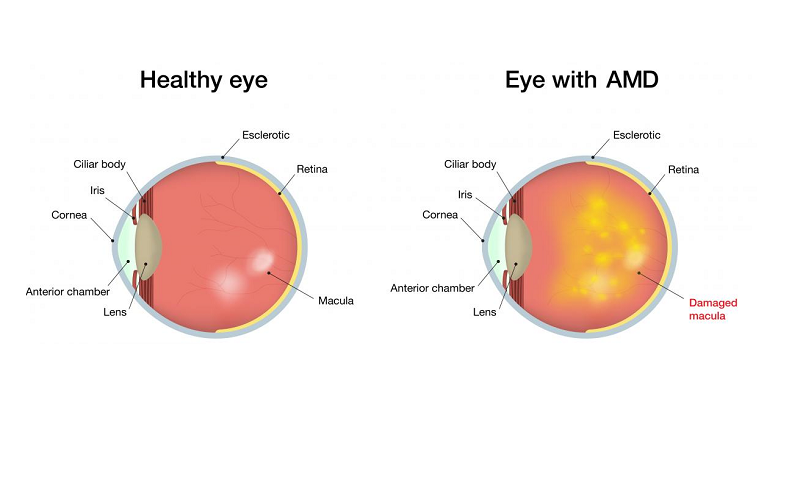Common Eye Diseases in Patients
See the right eye care provider at the right time
Without healthy vision it can be hard to work, play, drive or even recognize a face. Many factors can affect eyesight, including other health problems like high blood pressure or diabetes. Having a family member with eye disease can make you more prone to having that condition. Sight-stealing eye disease can appear at any time. Often vision changes are unnoticeable at first and difficult to detect.
NORMAL EYE
In a normal eye, the lens is clear and allows light to pass through. Light is focused by the cornea and lens onto a thin layer of tissue called the retina.
1. In a normal eye, the lens is clear and allows light to pass through. Light is focused by the cornea and lens onto a thin layer of tissue called the retina.

CATARACT
Cataracts are the clouding of the lens of your eye, which is normally clear. Most cataracts develop slowly over time, causing symptoms such as blurry vision. Cataracts can be surgically removed through an outpatient procedure that restores vision in nearly everyone. Care Group Intraocular Lenses for Cataract
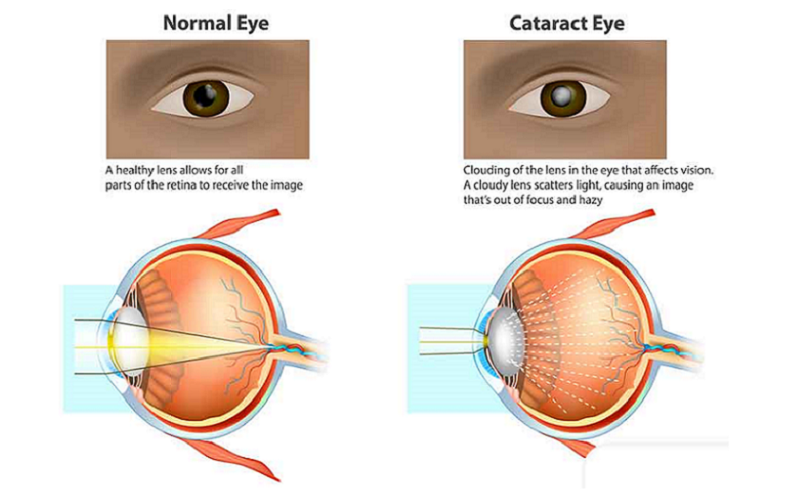
MYOPIA
Myopia (Nearsightedness) is a common vision condition in which you can see objects near to you clearly, but objects farther away are blurry. It occurs when the shape of your eye causes light rays to bend (refract) incorrectly, focusing images in front of your retina instead of on your retina.
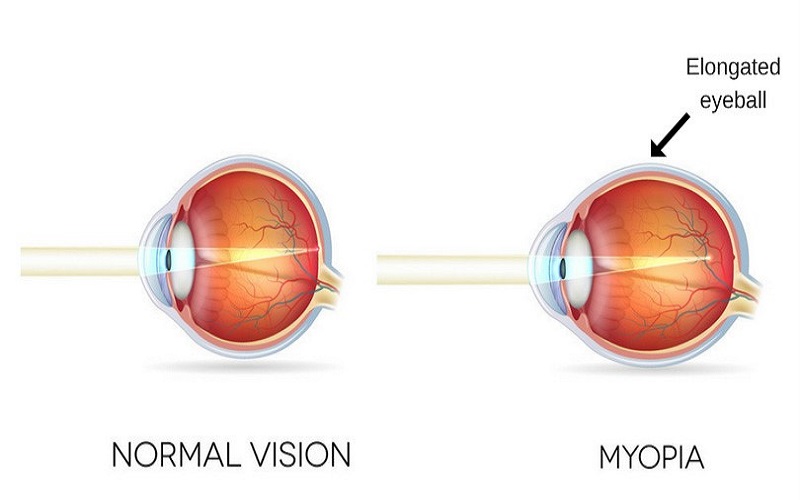
HYPEROPIA
Hyperopia (Farsightedness) is a common vision condition in which you can see distant objects clearly, but objects nearby may be blurry. The degree of your farsightedness influences your focusing ability.
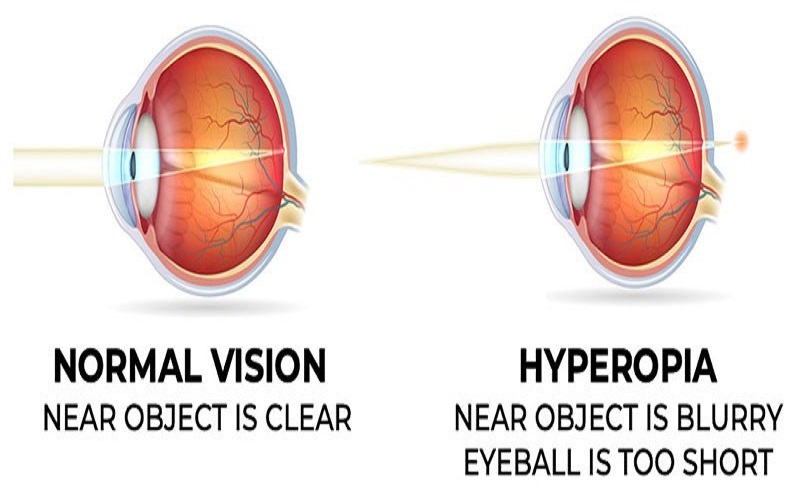
ASTIGMATISM
Astigmatism is a common and generally treatable imperfection in the curvature of the eye that causes blurred distance and near vision. Astigmatism occurs when either the front surface of the eye (cornea) or the lens inside the eye has mismatched curves.

PRESBYOPIA
Presbyopia is the gradual loss of your eyes’ ability to focus on nearby objects. It’s a natural, often annoying part of aging. Presbyopia usually becomes noticeable in your early to mid-40s and continues to worsen until around age 65.
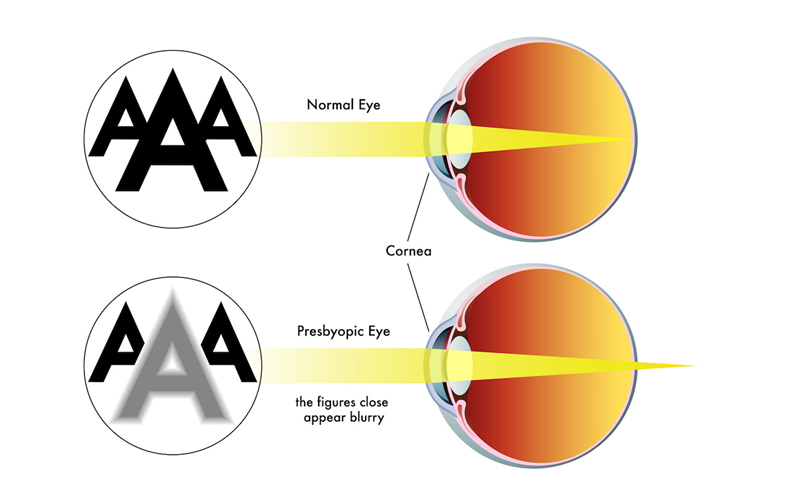
ARMD
Age-related macular degeneration (ARMD) is an acquired degeneration of the retina that causes significant central visual impairment through a combination of non-neovascular (drusen and retinal pigment epithelium abnormalities), and neovascular derangement (choroidal neovascular membrane formation).
